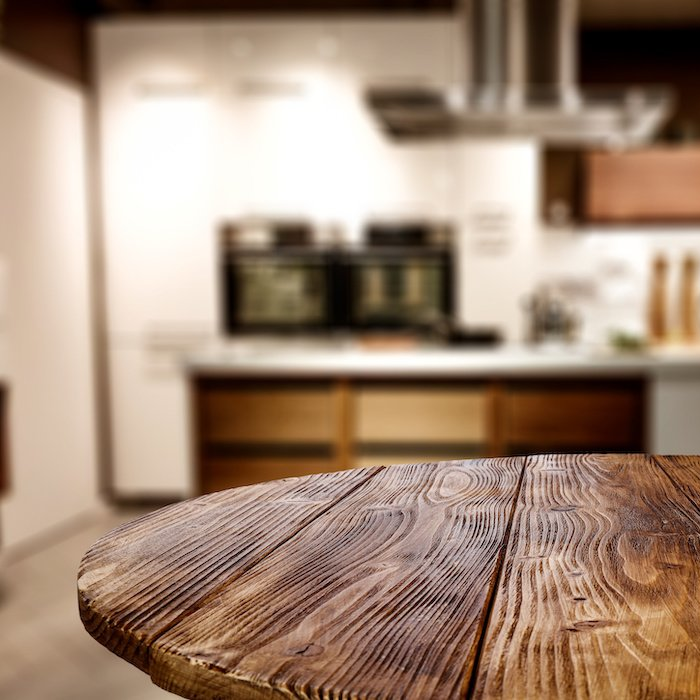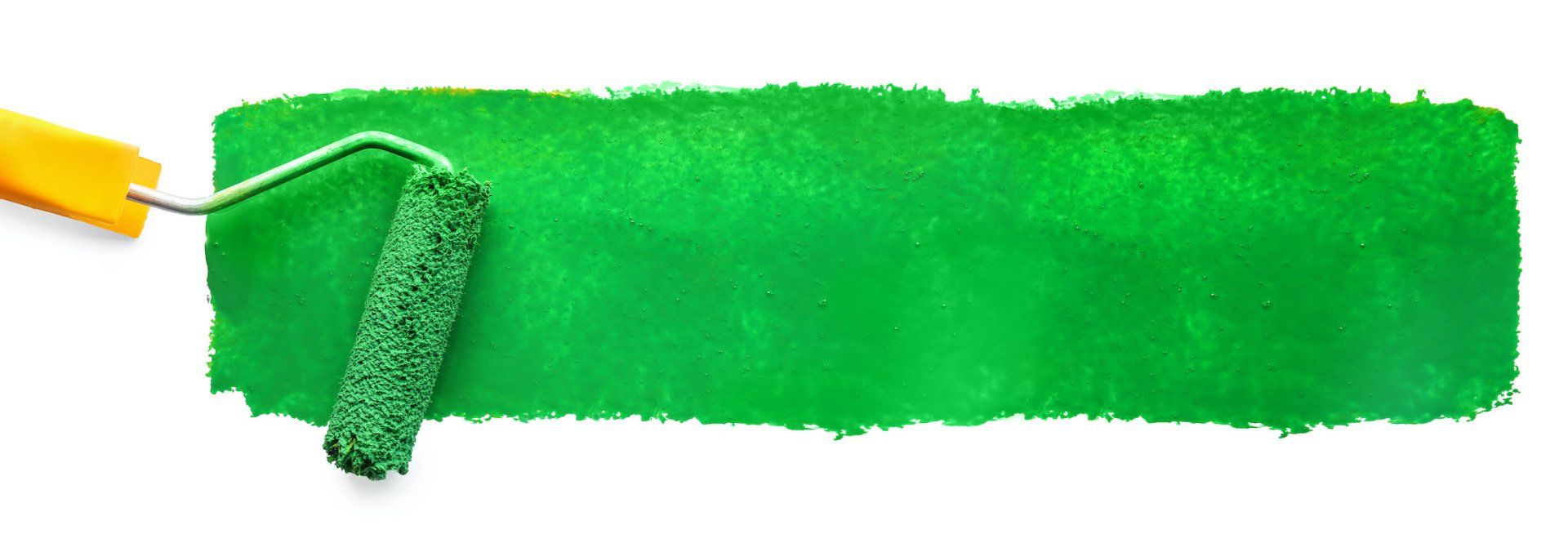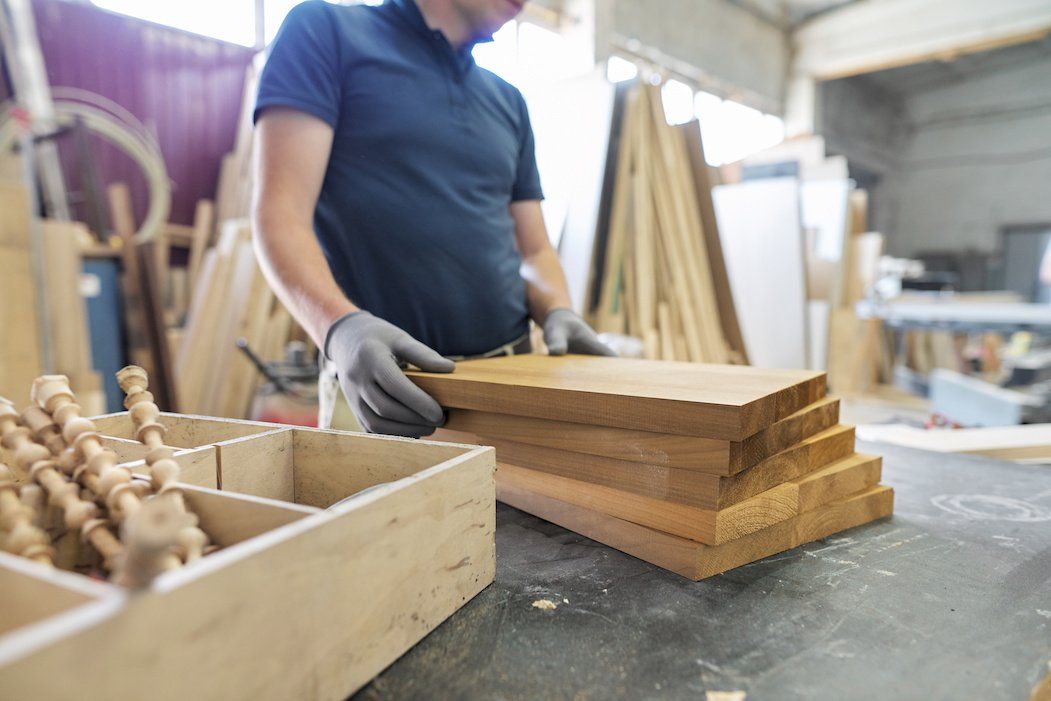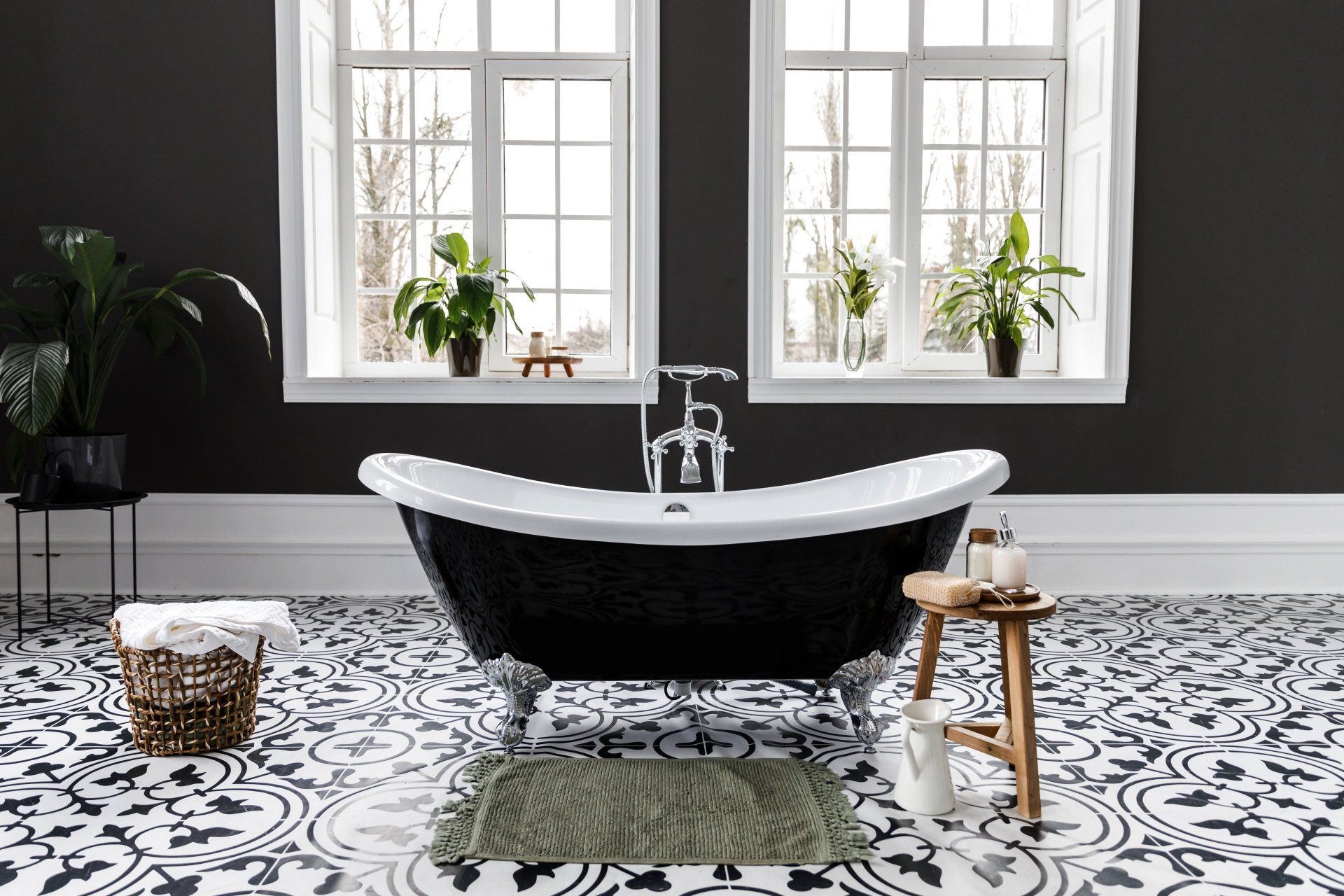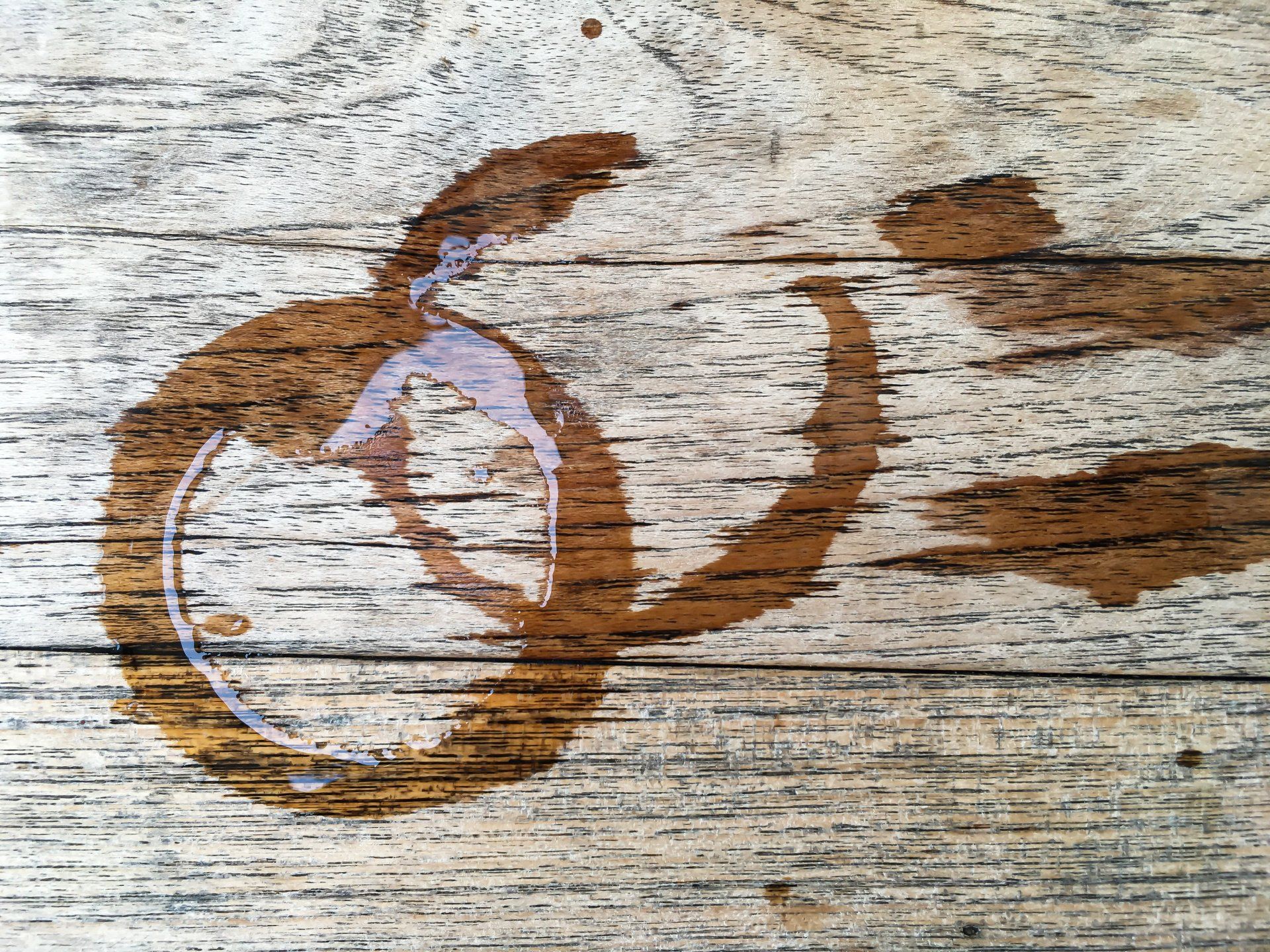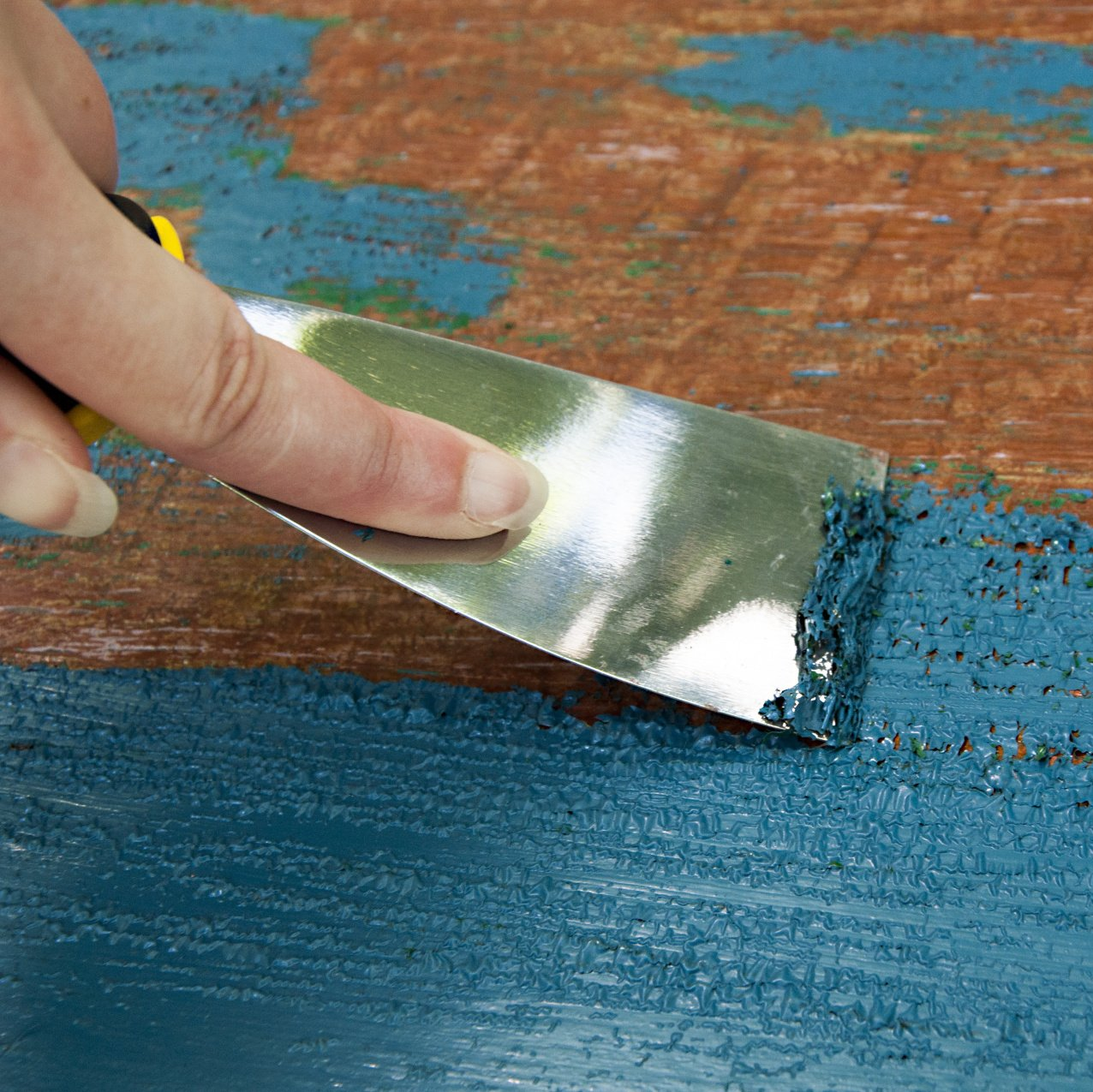Techniques To Perfect Woodgraining
Sam Lutz • January 26, 2016
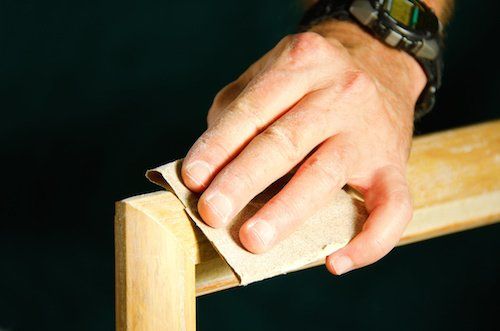
Wood Graining is the process of painting a mock wood grain pattern on a panel that has been primed and prepped. With little effort and the right tools, this amazing faux painting technique allows you to turn a flat, bland panel into a beautiful wood surface.
Gather Your Materials
- Tarp or Newspaper
- Primer
- Acrylic Base Coat Paint
- Fine-Grain Sandpaper
- Water-Based Glaze
- Acrylic Topcoat Paint
- Paint Roller
- Wood Grain Tool
- Hand-Held Straw Broom
- Paintbrush
- Varnish
Process
- Lay down a tarp or newspaper to protect your workspace.
- Prime the surface of the panel. Use primer formulated to adhere to the type of material being painted.
- Paint the panel with base coat. The base coat is the underlying color of the wood. This will be a lighter color than the final surface of the wood, so if your wood panel is going to be a medium orange-brown, then the base coat will be a light orange-brown about three or four shades lighter than the topcoat.
- Lightly sand the surface of the panel after the base coat has dried.
- Mix equal parts glaze, topcoat paint and water. The topcoat will be the color of wood, so pick a color that matches your expectations for the final appearance of the wood grain.
- Use a roller to paint the board with the mixture that you created in step 5. Use the roller to smooth out the paint so that it is evenly applied over the base coat.
- Press the wood grain tool into the wet paint. Starting in the upper left-hand corner of the board, drag the wood grain tool down. You’ll see a wood grain image develop in the wet topcoat, with the base coat showing through in places.
- Use the hand-held straw broom to brush lightly over the glaze, moving in the direction of the wood grain. Do this to rough up the glaze just enough that it looks as if there are tiny grains coursing through the grains you made in step 7.
- Wait for the paint to completely dry.
- Use the paint roller to paint over the panel with a final layer of topcoat. The topcoat should be transparent, so all the wood grain beneath should remain visible. If the topcoat is too dark, lighten it further by mixing it with more water and glaze.
- Protect the paint by painting a clear varnish over the panel when the paint has all dried.
Tips
- This process takes practice. When you’re doing it for the first time, practice the technique on a piece of scrap board before painting as a part of a larger project.
- Have some extra materials on hand, incase you decide to improvise. Extra paintbrushes, painter’s tape, and extra shades of brown paint may all come in handy.
- To achieve a warmer wood, mix a little orange, yellow or red into the brown. To achieve a more ashen wood, mix white with the brown and avoid using warm colors.
Resources
There are a variety of tutorials online
that show you the details of this technique. We recommend watching the YouTube video below, which clearly details the process.
For all your painting needs and for sound painting advice, we hope you’ll stop in at Ace Paint and Unfinished Furniture. We’re happy to help with all your upcoming painting projects!
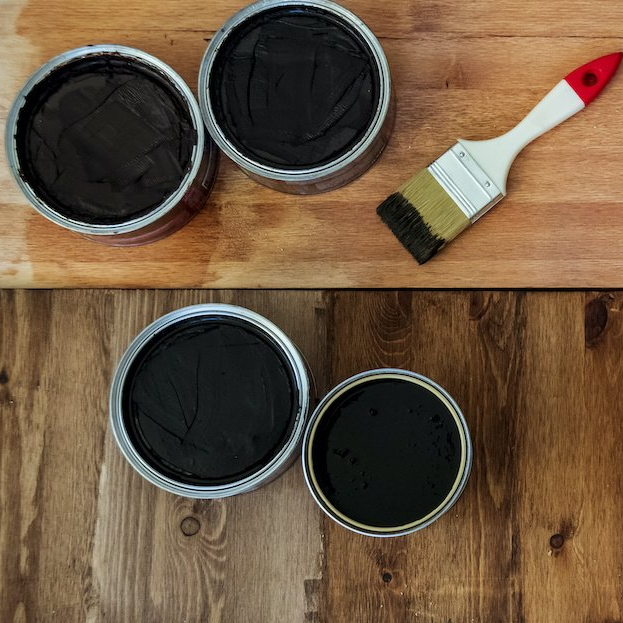
One of the wonderful things about good wood furniture is that it doesn’t have to be merely functional. It can be beautiful as well. We’ve seen some amazing pieces made with wood stains that are more than just furniture, they’re works of art. So if you’ve got an old table, desk or other piece of wood furniture that needs jazzed up, why don’t you consider using some of our great stains to try one of these ideas.

